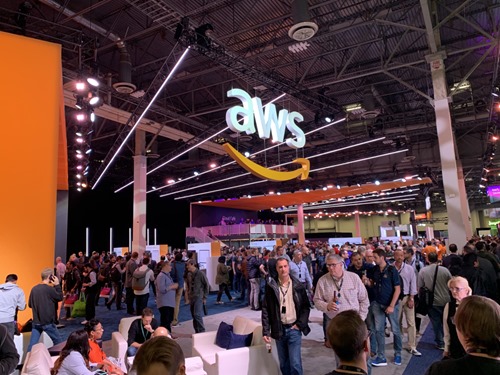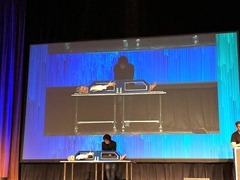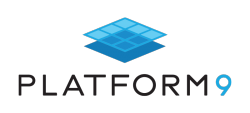AWS re:Invent 2018: The Day 3 Buzz
Into Day 3 of the conference which is when more of the announcements start rolling in!
Andy Jassy Keynote
As I’ve settled into Vegas time zone, this felt like an early wake up to make it in time to the keynote as there was going to be a queue. It would be far more sensible to stay in a hotel or other venue and watch remotely but feeling the reactions in the room for the announcements seems more interesting.
The keynote was streamed to some big spaces in the other conference venues and a good change this year was also streaming it to many more of the breakout sessions rooms all across the venues so you had more chance of seeing the keynote without queuing like crazy.
AWS has made so many announcements in the build-up to re:Invent one wonders whether they’re trying to hit a particular release number to flash onto the big screen! A quick way to see the list of announcements is to look at AWS What’s New 2018:
CEO Andy Jassy as usual was master of disclosure.

I had no intention of live blogging the keynote, far too much information and others who are quicker typists!
There was a DELUGE of announcements, some recaps from the few weeks and many new…I needed to take stock a few times, pause and try to make sense of it all.
I blogged about separately: AWS re:Invent 2018: Andy Jassey Keynote Thoughts






Recent Comments